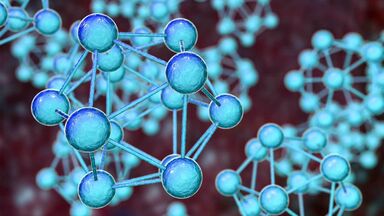Transformer Definition
trăns-fôrmər
transformers
noun
A person or thing that transforms.
Webster's New World
A device consisting essentially of two or more coils of insulated wire, that transfers alternating-current energy by electromagnetic induction from one winding to another at the same frequency but usually with changed voltage and current values.
Webster's New World
Other Word Forms of Transformer
Noun
Singular:
transformerPlural:
transformersOrigin of Transformer
-
transform + -er
From Wiktionary
Find Similar Words
Find similar words to transformer using the buttons below.





